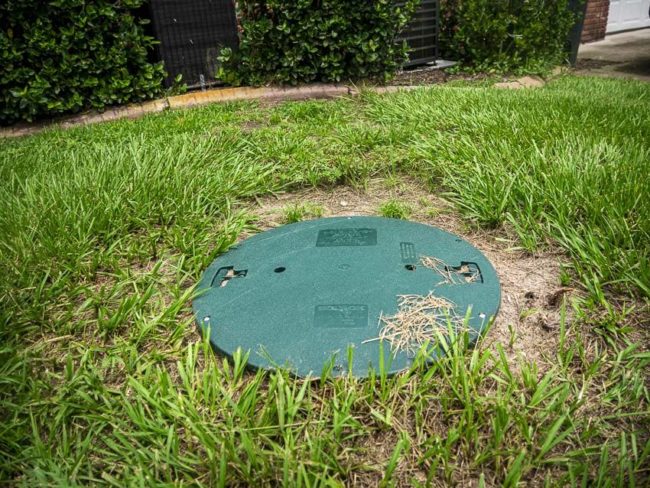
For homeowners living in areas without access to municipal sewage systems, septic systems play a vital role in managing household wastewater. While many homeowners rely on septic systems for wastewater treatment, understanding the design and function of these systems is crucial for ensuring proper operation and avoiding costly issues.
A typical septic system consists of three main components: the septic tank, the drainfield (also known as leach field), and the soil beneath the drainfield. Wastewater from the house flows into the septic tank, where solid waste settles at the bottom and forms sludge, while lighter materials like grease and oils float to the top and create a scum layer. Bacteria within the tank break down organic matter, partially treating the wastewater.
From the septic tank, liquid effluent flows into the drainfield, where it percolates through the soil, undergoing further treatment and eventually returning to the groundwater system. The soil acts as a natural filter, removing harmful bacteria and contaminants from the wastewater before it reaches groundwater sources.
Septic tanks are typically made of concrete, fiberglass, or plastic and are buried underground near the home. The size of the septic tank is determined based on factors such as the number of bedrooms in the house and the estimated daily wastewater flow. Proper sizing is essential to ensure adequate retention time for solids settling and bacterial treatment.
The drainfield is a network of perforated pipes buried in trenches filled with gravel or other aggregate material. The pipes distribute effluent evenly across the drainfield, allowing it to seep into the soil for further treatment. Proper drainfield design is critical to ensure uniform distribution of effluent and prevent hydraulic overload, which can lead to system failure.
Factors such as soil type, slope, and groundwater level influence drainfield design and sizing. It's essential to avoid compacting the soil in the drainfield area and refrain from planting trees or shrubs with deep roots, as they can damage the pipes and interfere with wastewater treatment.
Regular maintenance is key to ensuring the proper functioning of a septic system. Homeowners should schedule routine inspections by a professional septic company to assess the condition of the system and identify any potential issues. Septic tank pumping should be performed every 3 to 5 years to remove accumulated solids and prevent clogging of the drainfield.
In addition to septic tank pumping, homeowners should practice water conservation to reduce the load on the system and avoid flushing non-biodegradable items such as paper towels, sanitary products, and chemicals down the drain. Prompt septic tank repair is necessary if any signs of malfunction, such as foul odors, slow drains, or soggy areas in the drainfield, are observed.
Understanding the design and function of a septic system is essential for homeowners relying on these systems for wastewater treatment. By familiarizing themselves with the components of a septic system and following proper maintenance and care practices, homeowners can ensure the longevity and efficiency of their septic systems, avoiding costly repairs and preserving the environment. Whether it's septic tank installation, septic tank cleaning, or repair, entrusting these tasks to a professional at Rooter Septic Services can help homeowners maintain a healthy and functional septic system for years to come.